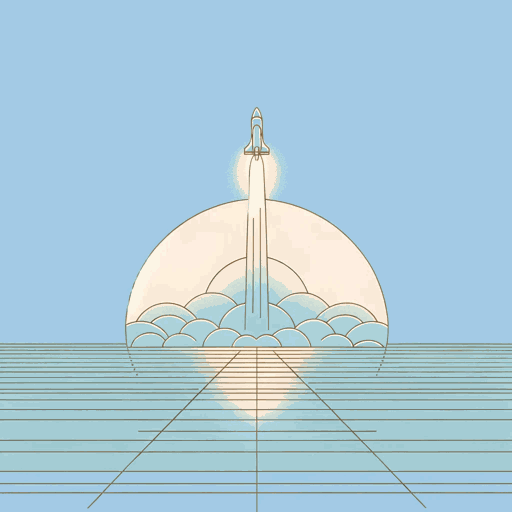125 pages • 4 hours read
Ray BradburyThe Martian Chronicles
Fiction | Novel | Adult | Published in 1950A modern alternative to SparkNotes and CliffsNotes, SuperSummary offers high-quality Study Guides with detailed chapter summaries and analysis of major themes, characters, and more. For select classroom titles, we also provide Teaching Guides with discussion and quiz questions to prompt student engagement.
Summary
“January 1999: Rocket Summer”
“February 1999: Ylla”
“August 1999: The Summer Night”
“August 1999: The Earth Men”
“March 2000: The Taxpayer”
“April 2000: The Third Expedition”
“June 2001: —And the Moon Be Still as Bright”
“August 2001: The Settlers”
“December 2001: The Green Morning”
“February 2002: The Locusts”
“August 2002: Night Meeting”
“October 2002: The Shore”
“February 2003: Interim”
“April 2003: The Musicians”
“June 2003: Way in the Middle Air”
“2004-2005: The Naming of Names”
“April 2005: Usher II”
“August 2005: The Old Ones”
“September 2005: The Martian”
“November 2005: The Luggage Store”
“November 2005: The Off Season”
“November 2005: The Watchers”
“December 2005: The Silent Towns”
“April 2026: The Long Years”
“August 2026: There Will Come Soft Rains”
“October 2026: The Million-Year Picnic”
Character Analysis
Themes
Symbols & Motifs
Important Quotes
Essay Topics
Summary and Study Guide
Overview
First published in 1950, The Martian Chronicles is a collection of 15 science fiction short stories and 11 vignettes by Ray Bradbury. Upon publication, the book garnered praise from critics and readers for its poeticism and philosophy, and it continues to rank among the most highly respected works in Bradbury’s long career. Each of the stories were previously published in periodicals before Bradbury was given the suggestion to work them into a novel by an editor. Inspired by his structural appreciation of Sherwood Anderson’s Winesburg, Ohio (1919), and the expository chapters of John Steinbeck’s The Grapes of Wrath (1939), Bradbury wrote the 11 interstitial vignettes, sewing the work into a singular vision of the ravages of colonization and the darkness of human nature.
The text unfolds in a series of chronicles depicting the human campaign to colonize Mars, from the earliest meeting of the humans and the Martians through to the destruction of both species. Typically, the vignettes appear between each story and contextualize the story which precedes them. Bradbury worked against typical stories of alien invasion in the tradition of The War of the Worlds (1898), which fed into the paranoia and persecutory atmosphere of the Cold War. Instead, he inverted the structure to show the perspective of the invaders, which allowed him to explore the failed grandeur of empire, the destructiveness of human nature, and the consequences of unbridled technology.
This guide refers to the 2012 Simon & Schuster Paperbacks edition.
Plot Summary
The collection opens with an epigraph, an ostensible quote from an unnamed philosopher which positions the stories as thought experiments.
In “Rocket Summer,” the warmth from a departing rocket melts the snow in a small Ohio town, creating a summer day during winter.
The first human expedition is killed by a jealous Martian husband, whose wife has been excited by dreams of the captain, in “Ylla.”
The vignette “The Summer Night” depicts the mass hysteria on Mars as its telepathic inhabitants sense the incoming human consciousnesses of the second expedition.
The beguiled landing of the second expedition is depicted in “The Earth Men,” which sees the human crew interpreted as erratic Martians and executed by a disbelieving psychologist.
A man worried about a coming atomic war tries to secure passage on the next rocket to Mars but is denied in “The Taxpayer.”
The Martian offensive toward the humans takes on a new angle as the crew from “The Third Expedition” land in a Martian village and are later killed by Martians who look identical to their loved ones.
The first successful human expedition is featured in “—And the Moon Be Still as Bright,” which reveals the Martians were wiped out by chicken pox brought by the previous expeditions. An archaeologist on the crew develops sympathies for the destroyed Martians and murders several of his crewmates before he is stopped.
In “The Settlers,” the first wave of human settlers faces the loneliness of space to realize their hopes on a new planet. One of these first settlers is depicted in a Johnny Appleseed-like fable planting forests on Mars in “The Green Morning.”
Thousands of humans swarm to Mars and build a dozen towns in six months in “The Locusts.”
A man on his way to a party is caught in a time distortion and speaks with a Martian from the time of their ascendancy in “The Night Meeting.” In “The Shore,” while the rest of the world is preparing for war, a second wave of American emigrants arrive on Martian soil.
Imported human towns litter the surface of Mars, but the inhabitants cling to Earth rituals in “Interim.” Several young boys hike to an abandoned Martian town and play among the bones and ashen bodies in “The Musicians.”
In “Way in the Middle of the Air,” a racist white man attempts to extract his last vestiges of power from a Black community departing for Mars.
Humans change Martian place names to those of noteworthy humans, while censorious authorities from Earth establish themselves in “The Naming of Names.”
In “Usher II,” a violent eccentric tricks a government auditor into a phantasmagoric murder trap built in honor of Edgar Allan Poe.
Now sanitized and censored by the government, Mars becomes a prospect for retirement in “The Old Ones.”
One of the few surviving Martians, who takes on the appearance of a lost loved one, is torn apart by human desire in “The Martian.”
In “The Luggage Store,” the proprietor of a luggage store on Mars realizes there will be a demand for his product when he hears news of war breaking out on Earth.
An entrepreneurial man with a violent history towards the Martians is mocked by the final Martians for unwittingly opening a hot dog stand while all others fled in “The Off Season.”
When they witness the surface of the Earth explode in nuclear war, the remaining humans leave for home to assist their loved ones in “The Watchers.”
In “The Silent Towns,” a lonely prospector seeking the last woman on Mars is disappointed by what he discovers.
Twenty years later, a man finds that he only survived the loneliness of the abandoned planet with the love of his family in “The Long Years.”
Earth is devoid of human life and the last human structure is an automated house doggedly continuing to operate in “There Will Come Soft Rains.”
Finally, in “The Million-Year Picnic” one of the last two surviving human families arrive on Mars where their father encourages them to discard the history of Earth and embrace their new identity as Martians.
Related Titles
By Ray Bradbury

A Graveyard for Lunatics
Ray Bradbury

All Summer In A Day
Ray Bradbury

A Sound Of Thunder
Ray Bradbury
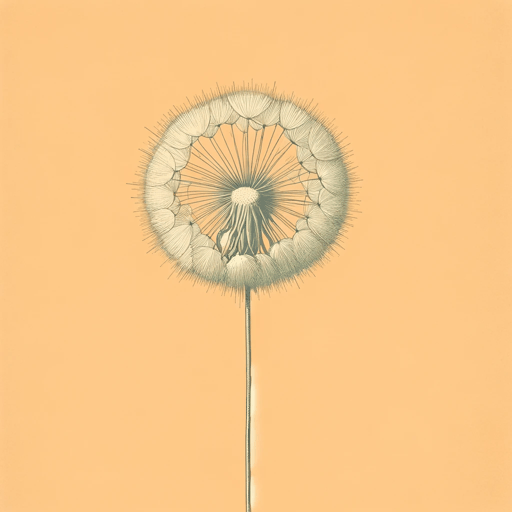
Dandelion Wine
Ray Bradbury
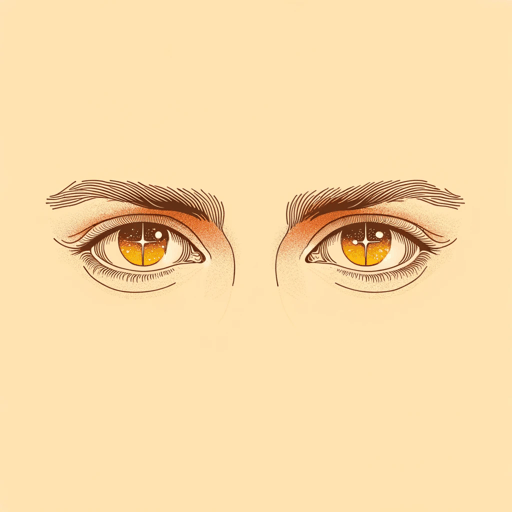
Dark They Were, and Golden Eyed
Ray Bradbury

Death is a Lonely Business
Ray Bradbury

Fahrenheit 451
Ray Bradbury

Marionettes, Inc.
Ray Bradbury

Selected from Dark They Were, and Golden-Eyed
Ray Bradbury

Something Wicked This Way Comes
Ray Bradbury
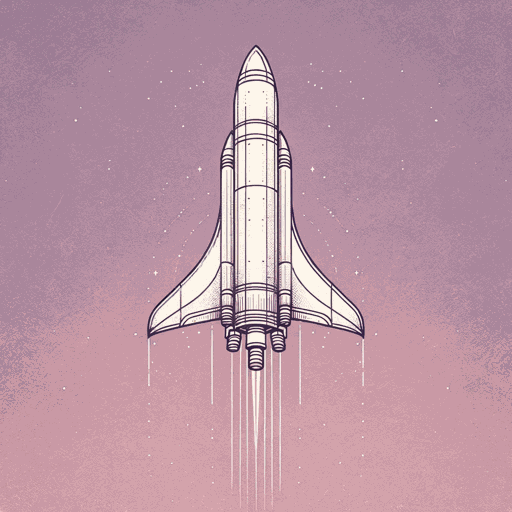
The Illustrated Man
Ray Bradbury

The Other Foot
Ray Bradbury
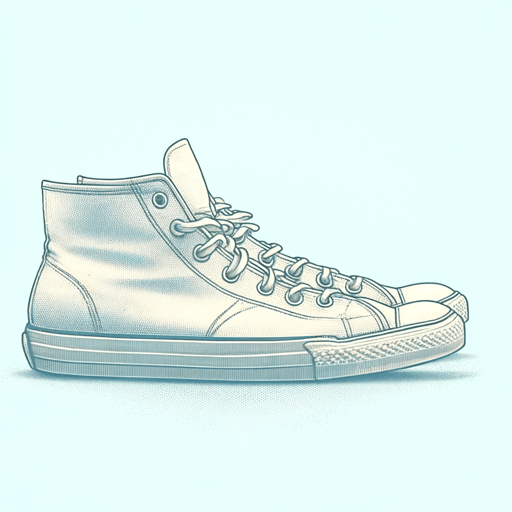
The Pedestrian: A Fantasy in One Act
Ray Bradbury

There Will Come Soft Rains
Ray Bradbury

The Toynbee Convector
Ray Bradbury

The Veldt
Ray Bradbury

Zero Hour
Ray Bradbury
